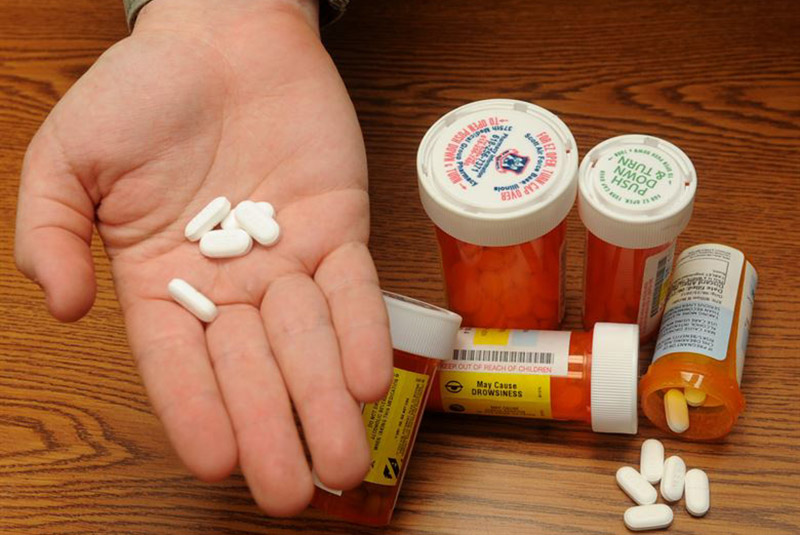The North Carolina Department of Health and Human Services (NC DHHS) announced on Thursday, May 9, that it will be distributing $6,250,000 to seven counties to be spent toward preventing youth substance abuse.
Unfortunately, Guilford County was one of the 93 counties that won’t be receiving any money. The funding is being directed to counties that “experience high levels of economic distress, have a higher-than-average level of substance use among youth and young adults and have a higher number of youths who primarily identify as a racial or ethnic minority.”
The money is originating from a federal program – the US Substance Abuse and Mental Health Services Administration – as part of its National Drug Control Strategy.
North Carolina was one of only a dozen states to receive the funding.
According to stats provided by the state, over 1.2 million people in North Carolina have a substance use problem.
The counties and organizations selected are:
- Duplin County – NC Cooperative Extension 4-H
- Halifax County – Insight Human Services
- Hoke County – Tia Hart Community Recovery Program
- Martin County – Martin Tyrrell Washington District Health Department
- Robeson County – Robeson Health Care Corporation
- Tyrrell County – Martin Tyrrell Washington District Health Department
- Washington County – Martin Tyrrell Washington District Health Department
NC DHHS Division of Mental Health Director Kelly Crosbie said it’s important to address substance use problems early in life.
“We are grateful to our federal partners for investing in North Carolina’s children and youth,” Crosbie said. “Developmental Disabilities and Substance Use Services. The majority of substance use issues start earlier in life, which is why early intervention is critical. By getting children the support they deserve and need, we are investing in a brighter future for them, their families and our communities.”
NC DHHS is helping the organizations put strategies in place that address substance misuse in kids.
Goals of the programs include “reducing the progression of high-risk drinking behaviors and/or underage alcohol use, reducing prescription medication misuse, reducing cannabis product use, and reducing negative consequences related to substance misuse among youth and young adults ages 12 to 25.”


The very definition of futility.
But hey, it’ll keep some bureaucrats in well paid sinecures (which is the real objective).
Programs for kids are not the answer. . . .for one important reason. They leave out the issues of parents not instilling values to their children. Just another example of “we’re from the government and we’re here to help you mantra”. When kids get into trouble, the first thing you hear from politicians and do-gooders is to create new (aka non-profits) programs for kids, and zilch about the parents (parent) of the kids. Yet one more example of government stepping in and trying to be the parent. When teenagers are arrested, why not publish the names and addresses of their parent(s), or have a TV crew with cameras and microphones knocking on doors of their parents.
I promise you it’s not always bad parenting when it comes to drug abuse. We’ve lived it! But it is most certainly a “family affair “ as is other mental health issues. The answer to why” are they using drugs or how can we help the person with mental health issues, may take counseling or another sort of intervention to find out and treated with long term. None of the bandaid remedies. Also, if someone doesn’t want help, no amount of counseling will help them.
Until the mantra is PERSONAL RESPONSIBILITY you’re simply spitting in the wind.
Glad Guilford county got nothing. It would have been a pie in the sky pixie dust waste job.
Leadership 101: you lead by example. That is why children need two parents, by teaching and showing the right path. If the kids don’t make it, it’s on them. Not the taxpayer.
give the $$ directly to the ‘kids’ – herd thin – bwa ha haa !